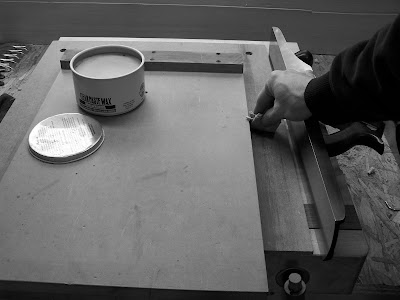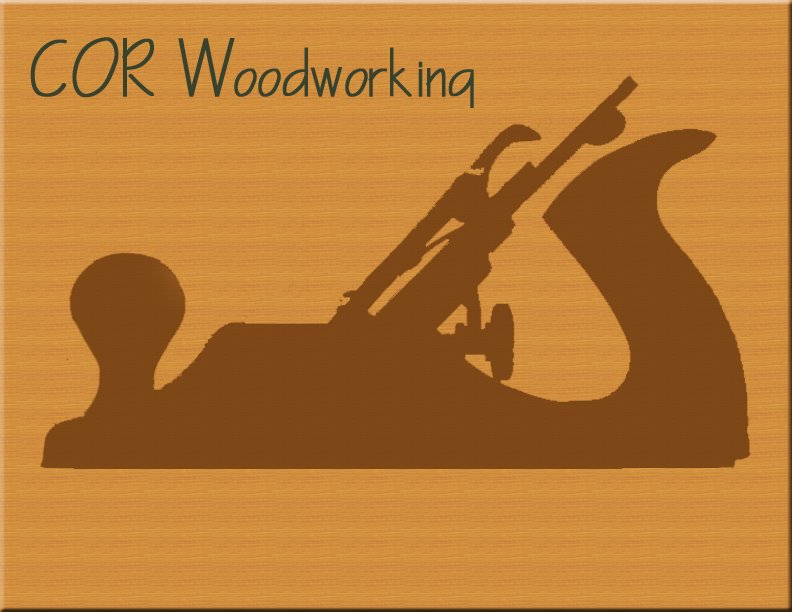
Do not limit the possibilities of this simple product to just the hard rectangular paraffin wax. Paste wax in the workshop can help prevent rust, smooth surfaces, prevent glue from adhering where you do not want it, and assist with fitting drawers and lids.
Paste wax comes in many different brands and mixtures, but I have found that Trewax and Johnson brand paste wax work the best. All waxes are originally solid in form. They are then dissolved in a solvent, usually a petroleum distillate like mineral spirits. Once the solvent evaporates it will leave a thin film of wax on the surface.
I use paste wax to prevent rust on my hand tools when I am storing them for long periods of time. For day to day use I will apply a thin coat of camellia oil to each tool at the end of the day. Paste wax is great for preventing rust on all power tool machine tables like the table saw, band saw, planner, jointer, router tables and even use some on the fences as well.
Waxing the bed of a shooting board allows the craftsman to shoot all day long without it becoming arduous.

Paste wax can help make your next projects parts fit perfectly. When fitting the lid on the Herwiggy humidor I used a thin coat of paste wax on the lid. When the lid was closed, tight areas would show up on the lid slip. I would locate these areas and take gossamer shavings to remove the material for a perfect fit. The same rules apply when fitting drawers in the traditional manner used by Alan Peters. Once the drawer is build, but before the bottom is slide in wax the drawer opening in the carcass. The wax on the inner surfaces of the carcass opening will burnish the high spots and allow the craftsman to achieve a perfect fit.

















